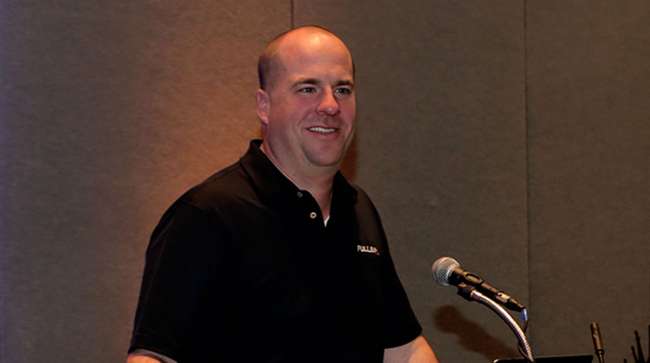Staff Reporter
Heavy-Duty Repair Revenue Recovers to Pre-COVID Norms

[Stay on top of transportation news: Get TTNews in your inbox.]
ORLANDO, Fla. — The heavy-duty repair shop industry has seen business levels return to where they were before the coronavirus pandemic, a new report determined.
The 2022 State of Heavy-Duty Repair report — a joint effort between American Trucking Associations’ Technology & Maintenance Council and the truck repair software developer Fullbay — determined that the sector experienced a 19% year-over-year increase in revenue in 2022.
“I don’t think is terribly surprising,” Fullbay CEO Patrick McKittrick said during a Feb. 26 media presentation. “Every region that we counted for saw that increase — some slightly more dramatic than others. But not surprising as the cost of everything has gone up. That helps to drive revenue up.”
The report found that shops on average were making $107,417 per month in 2022, compared with $95,267 per month in 2021. Shops in the Midwest saw the most revenue per month at $117,638, compared with $103,498 in 2021.
It also found that 19.8% of shops felt they had a better handle on their parts and labor costs, up from 9.8% the year prior.
The report noted, however, that shop costs also rose. One area of particular focus, McKittrick said, was labor.

“Not surprisingly, we saw a lot of respondents tell us that they increased their labor cost,” McKittrick said. “But it’s pretty logical. Everything cost more. If it cost me more to employ the technician, I need to charge more so that I can keep my margins where they need to be. As you’re charging more for a technician’s time, we find a lot of shops wanting to measure and keep track of utilization rates and efficiency.”
The report noted that 76% of shops raised their labor rates in 2022. It also found that 46% of technicians are paid on an hourly rate, compared with 28% with a flat rate and 23% that are paid with both methods.
McKittrick also noted there is a shift in the industry toward more flat-rate work.
“There are very definitive time guidelines for how long specific jobs should take and more and more shops are moving to billing that exact amount of time, regardless of the exact amount of time it takes the technician to do that job,” McKittrick said. “So, if the book says it takes two hours to do this job and the technician finishes it in 90 minutes, they’re going to bill the two hours and pay the technician for the two hours. So that kind of flat rate compensation is growing, in our opinion.”
Want more news? Listen to today's daily briefing below or go here for more info:


&uuid=(email))



